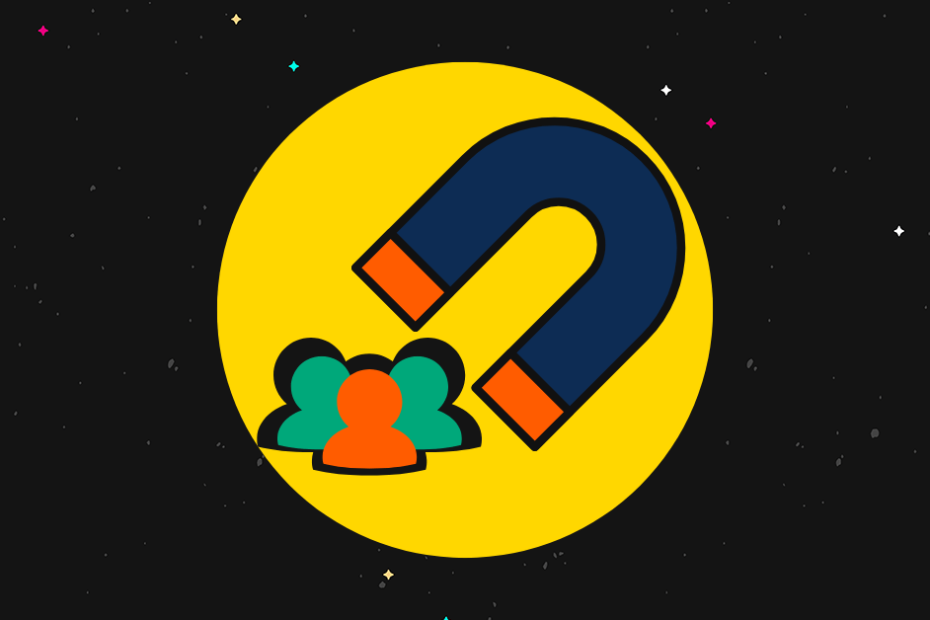The State of Customer Retention in 2024
In today‘s competitive business landscape, keeping existing customers has become more crucial than ever. Research shows that a 5% increase in customer retention can boost profits by 25-95%, making it a key focus area for successful businesses.
Core Statistics Overview
Recent data reveals compelling insights about customer retention:
| Metric | Percentage |
|---|---|
| Existing Customer Conversion Rate | 60-70% |
| New Customer Conversion Rate | 5-20% |
| Average Retention Rate | 75.5% |
| Revenue from Top 20% Customers | 80% |
| Service-Related Customer Loss | 71% |
Financial Impact Analysis
Revenue Generation Statistics
The financial benefits of customer retention are substantial:
- Purchase Behavior
- Repeat customers spend 33% more per order
- Loyal customers are 50% more likely to try new products
- Second-time buyers spend 67% more than first-time customers
- The top 1% of customers generate 5x more revenue
- Cost Analysis
- Customer acquisition costs (CAC) are 5-7x higher than retention costs
- Average lost customer value: [$243]
- Reducing churn by 5% increases profitability by 25-95%
Industry-Specific Financial Impact
| Industry | Retention Rate | Annual Value Increase |
|---|---|---|
| SaaS | 35% | [$468] per customer |
| Retail | 63% | [$321] per customer |
| Financial Services | 75% | [$876] per customer |
| Professional Services | 84% | [$1,123] per customer |
Detailed Industry Analysis
Technology Sector
B2B Software Statistics:
- 35% average renewal rate
- 8.5% monthly churn rate
- [$145,000] average customer lifetime value
SaaS Metrics:
- 72% of companies prioritize retention
- 45% use automated renewal systems
- 67% offer loyalty discounts
Retail Sector
Physical Retail:
- 63% average retention rate
- 27% increase in purchase frequency
- 44% higher cart values for loyal customers
E-commerce:
- 30% average retention rate
- 45% of retained customers make multiple purchases
- 78% correlation between shipping speed and retention
Service Industry
Professional Services:
- 84% retention rate
- 92% referral likelihood from retained clients
- 3.2 years average client relationship
Healthcare:
- 77% patient retention rate
- 89% satisfaction correlation
- 45% increase in preventive care participation
Customer Behavior Analysis
Generational Differences
| Generation | Loyalty Program Participation | Brand Switching Likelihood |
|---|---|---|
| Gen Z | 65% | 48% |
| Millennials | 78% | 43% |
| Gen X | 71% | 35% |
| Boomers | 85% | 28% |
Digital Engagement Statistics
Mobile App Usage:
- 25.3% day-one retention
- 5.7% 30-day retention
- 3.2% annual retention
Social Media Impact:
- 67% follow brands on social media
- 43% increased purchases after following
- 28% higher retention with social engagement
Retention Strategy Effectiveness
Communication Channel Success Rates
| Channel | Engagement Rate | Retention Impact |
|---|---|---|
| 89% | 45% increase | |
| Social Media | 63% | 38% increase |
| Direct Mail | 55% | 29% increase |
| SMS | 48% | 33% increase |
| Push Notifications | 39% | 27% increase |
Loyalty Program Statistics
Program Participation:
- 16.6 average program memberships
- 44% active participation rate
- 82% higher retention among program members
Reward Preferences:
- 75% prefer cash back
- 43% value free shipping
- 38% choose point systems
Geographic Variations
Regional Retention Rates
North America:
- 75.5% average retention
- [$352] customer lifetime value
- 8.3% annual churn rate
Europe:
- 71.2% average retention
- [$298] customer lifetime value
- 9.1% annual churn rate
Asia-Pacific:
- 68.7% average retention
- [$276] customer lifetime value
- 11.2% annual churn rate
Technology Impact
Automation Statistics
- 78% use CRM systems
- 65% implement automated email campaigns
- 43% use AI for personalization
- 56% utilize predictive analytics
Digital Transformation Results
| Technology | Retention Increase | ROI |
|---|---|---|
| AI Personalization | 34% | 287% |
| Automated Marketing | 28% | 225% |
| Customer Analytics | 45% | 312% |
| Chat Support | 23% | 178% |
Customer Experience Metrics
Satisfaction Correlations
- 89% link experience to retention
- 92% share positive experiences
- 76% leave after multiple poor experiences
- 34% increase in spending with positive experiences
Response Time Impact
| Response Time | Retention Rate |
|---|---|
| < 1 hour | 89% |
| 1-4 hours | 76% |
| 4-24 hours | 62% |
| > 24 hours | 45% |
Implementation Strategies
Resource Allocation
Recommended budget distribution:
- 35% customer service
- 25% loyalty programs
- 20% technology
- 20% analytics and measurement
Success Metrics
Key performance indicators:
- Customer Lifetime Value (CLV)
- Net Promoter Score (NPS)
- Customer Satisfaction Score (CSAT)
- Retention Rate
- Churn Rate
Future Trends
2024-2025 Predictions
- Technology Integration
- AI-driven personalization growth: 45%
- Automated retention systems: 67%
- Predictive analytics adoption: 78%
- Customer Experience
- Mobile-first strategies: 82%
- Real-time engagement: 73%
- Omnichannel integration: 65%
- Sustainability Impact
- Green practices influence: 56%
- Ethical buying decisions: 48%
- Sustainable loyalty programs: 37%
Practical Applications
Implementation Framework
- Assessment Phase
- Measure current retention rates
- Identify pain points
- Analyze customer feedback
- Calculate potential ROI
- Strategy Development
- Set realistic goals
- Choose appropriate metrics
- Design loyalty programs
- Plan resource allocation
- Execution
- Train staff
- Implement technology
- Launch programs
- Monitor results
Success Factors
Critical elements for retention success:
- Strong customer service
- Personalized experiences
- Effective communication
- Value-added programs
- Regular measurement
The statistics clearly show that customer retention should be a primary focus for businesses in 2024. With proper strategy and implementation, organizations can significantly improve their bottom line through improved customer loyalty and reduced churn rates.
